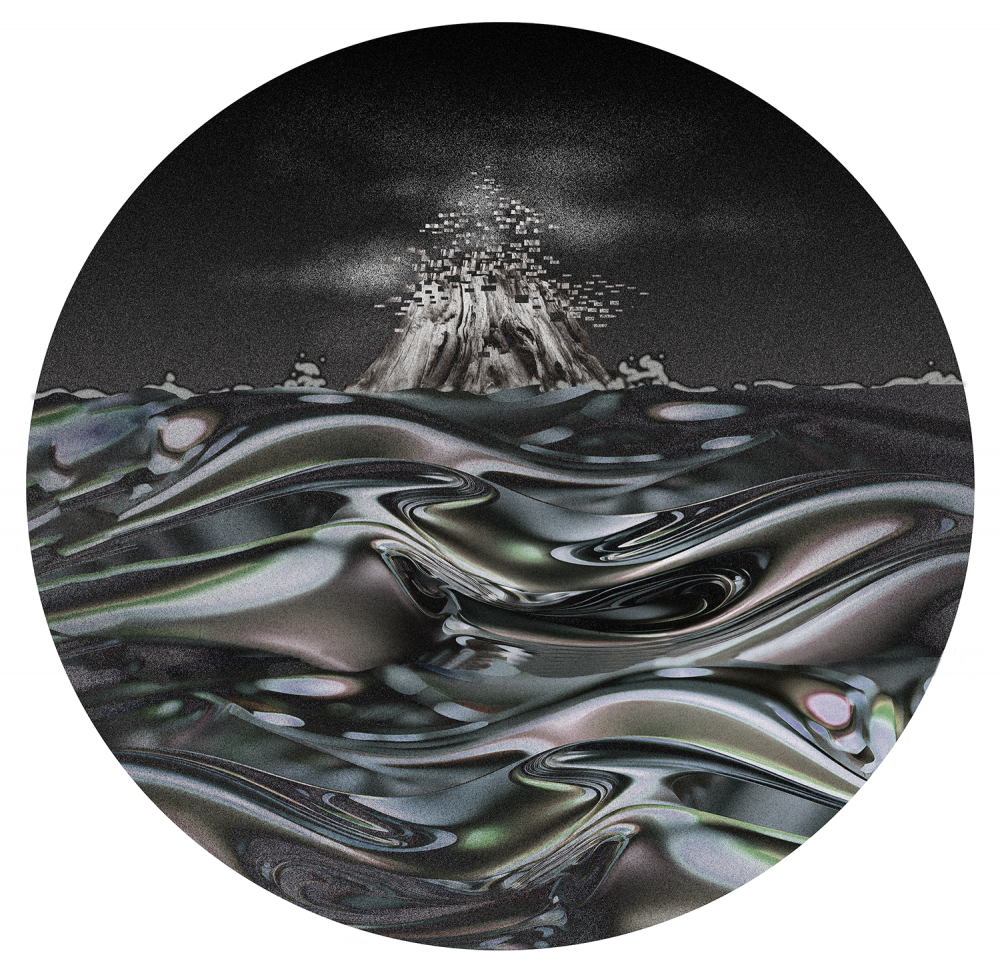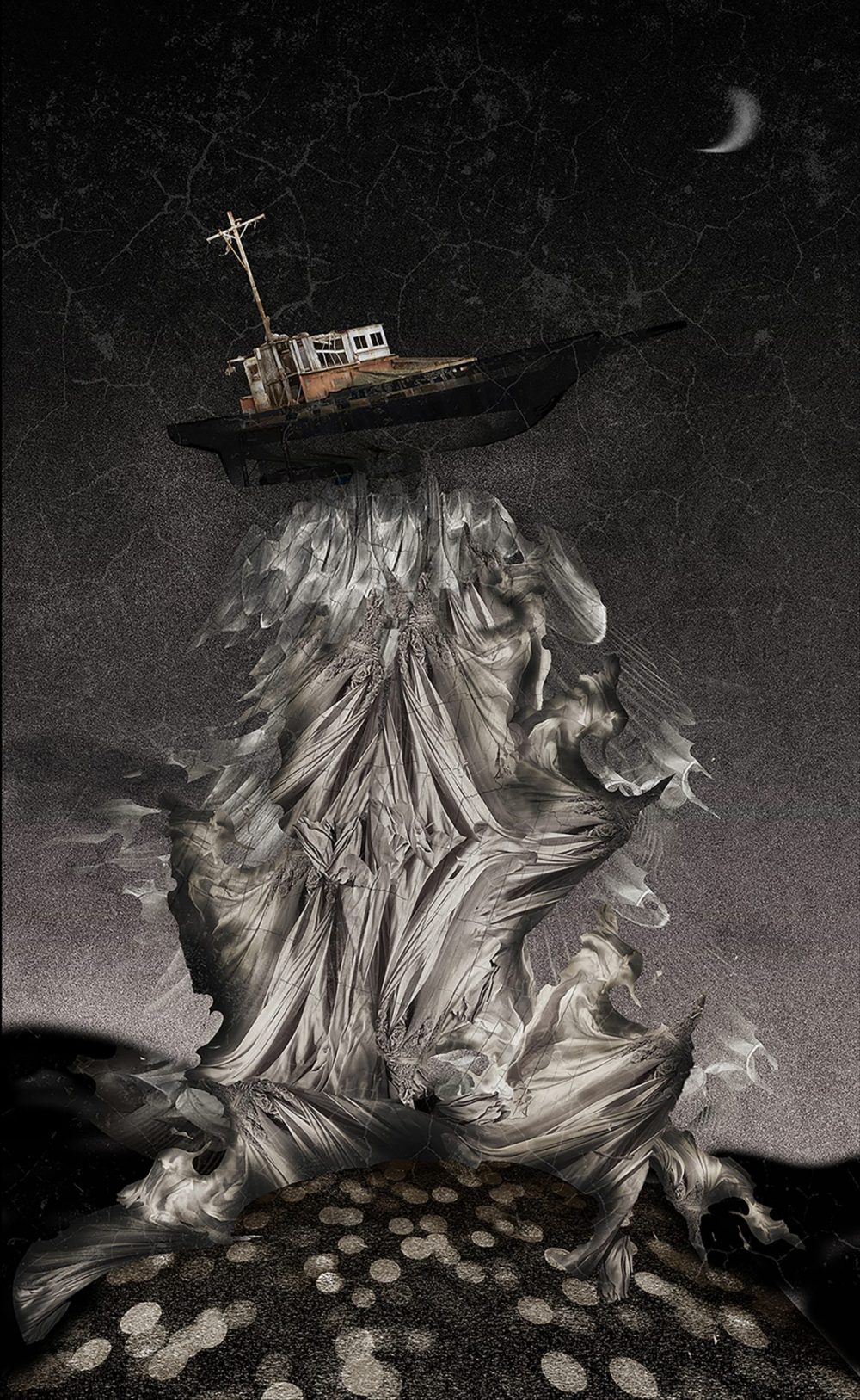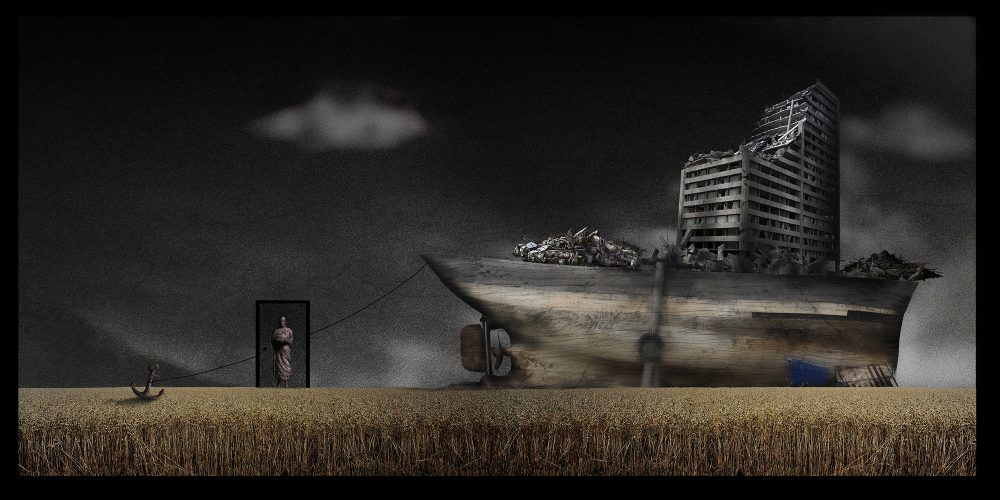- Jobs
- Open Calls
- Events
- Learning
- More
- SUBMIT
xiaodong yu
Type:
Country where you live:
- China
City where you live:
- qingdao
Statement :
"Plane and depth" means a transformation from a spatial definition based on clearly separated planes to a spatial understanding based on continuous receding. Traditional printmaking is a kind of plane art. Its depth of ideology and language makes it stand out from other paintings. Because it can transform the beauty of plane into a dynamic and profound beauty. This expression is due to the special language of printmaking. The artistic language of printmaking is characterized by generalization and refinement, and its artistic charm comes from the high concentration and conciseness of life. From the changes in woodcut techniques to the bedding of large color blocks in silkscreen, it undoubtedly shows the vocabulary of this art form. However, this form of graphic does not exist in real life, which belongs to a higher level of artistic generalization. Digital printmaking brings a visual experience to a higher level than traditional printmaking. The effect it creates expands the plane into a wider, deeper space because it is not limited by materials and technology - it creates a magical, virtual realm of illusion. Let imagination and artistry go beyond reality, bring the audience a montage of visual effects, this is the artistic charm of digital prints that I have been pursuing. Most of my works use a combination of digital images and silkscreen, presented through a variety of media materials.

"Archaeology of the Planet" is a fantasy about the future world of humanity. Its starting point is based on the current state of human existence and the deteriorating ecological environment of the planet we inhabit. Human exploitation and abuse of natural resources have reached an unprecedented level. With the concentration of the population and the continuous development of cities, the living environment that humans must have is gradually being eroded and destroyed. People have become accustomed to living in the mechanical and electronic world they have created, and the proliferation of garbage continues to affect our lives. The work uses an archaeological approach to conduct a cross-sectional analysis of alienated trees and discovers that the appearance of the plants is still clear, but their internal structure has been altered. They have become mutated versions of objects that humans have used, intertwined with plants, and have essentially assimilated the plants and taken on their beautiful appearance. I collected materials using digital cameras, scanners, and handwriting tablets, imported them one by one into a computer, and synthesized them using various software to create this series of works.

The work originated from my fascination with symbolist literature and poetry. The most important aspect of symbolist poetry is the use of "metaphors," disrupting the experience of visual, gustatory, and tactile senses, leading people towards the mysterious spiritual world in a suggestive manner. I used the space and scenes of theater and cinema to gradually present a slowly unfolding story to the audience. The original intention of this work comes from a well-known Chinese opera piece "Wujiapo". Influenced by my family, I have been studying Beijing Opera for many years, and the opening speech of Xue Pinggui in "Wujiapo" has left a deep impression on me since childhood. However, due to the passage of time, these costumes, props, and singing style have become blurred shadows in my incomplete memory, intertwined with the colorful memories of my childhood, and have become unrecognizable. I could only rearrange this story based on my vague memory. I tried to present a fable story that lies between reality and illusion, absurdity, legend, and history through the perspective of children. The screen used a red old-style curtain, rough pixelated mountains, distant pagodas, Chinese shadow puppets, and chaotic, surreal giant projections to create a storytelling experience.

This work is a fantasy of the ocean's existence. The question of how the ocean was created has always been of interest to me. The ocean is a relatively primitive and enclosed medium on Earth, while human beings have divided and occupied the land, destructing and altering it. The ocean, on the other hand, is limitedly explored, and there are many places that cannot be reached. Therefore, the ocean is the most mysterious and indescribable area on Earth. The inexplicable sense of mystery is what I want to express.
When a person is in the sea, the waves become different from what we see on the shore. In terms of appearance, they belong to a kind of electronic fluid-like appearance, and their surges are also orderly arranged, sometimes these surges can be marked by numbers. Moreover, seawater is a closed interval that divides space into two, and the world above and below the water are completely different.
In this work, I tried a new technique, which is to use digital simulations of electronic fluid-like appearances to represent the wave movements of the ocean. By inputting set values, the smooth fluid is deformed and set in motion, and the effect of the waves is then reorganized. The small island above the sea level is also digitized and decomposed into mosaic fragments. Therefore, when you are in the sea, what is real and what is virtual becomes blurred.
I want to use this work to express my understanding and imagination of the ocean's existence itself. Is it self-existing, or is it placed here by others for us to feel, which is probably a materialistic or idealistic proposition.

This work is closer to a virtual scene that resembles a real entity. The image combines the texture of a two-dimensional plane with the depth of a three-dimensional space. Particularly, I deliberately emphasized the treatment of the object's contour line. By using the thickness, solidity, and softness of the contour line, I created a three-dimensional and realistic illusion. The strong contrast between the infinity of the ancient universe and the finiteness of human life presents a significant contradiction. Eternal and instantaneous are antonyms, but in this work, I intended to transform the instantaneous into the eternal, somewhat like a freeze-frame in a movie that captures a fleeting moment forever. During the creation process, I attempted to use software to randomly generate the texture and pattern of the image based on the aesthetic characteristics of numerical values, which achieved a good visual effect.

I want to reconstruct a world of illusion using scenes from real life. This artwork refers to the just-passed year of 2022, which witnessed too many unbelievable events such as war and pandemic, leaving too many scars on life. This is a lament for yesterday, and the tone and texture of the image are imbued with a strong sense of sadness.
Software:
- Photoshop
- Procreate
- ,zbrush,illustrator
Bio:
Xiaodong Yu, born in 1978, is a member of China Artists Association, and of the California Society of Printmakers. He received a bachelor's degree in 2002, and a master's degree in 2005 from the Department of Printmaking of Central Academy of Fine Arts. He is currently a teacher of the Academy of Fine Arts, and also serves as the director of the printmaking department of Qingdao University. He is a printmaker and digital artist, as well as the earliest researcher and creator of China’s digital printmaking, establishing the precedent of creating and teaching of digital printmaking in China. His works have received extensive attention and collection.





